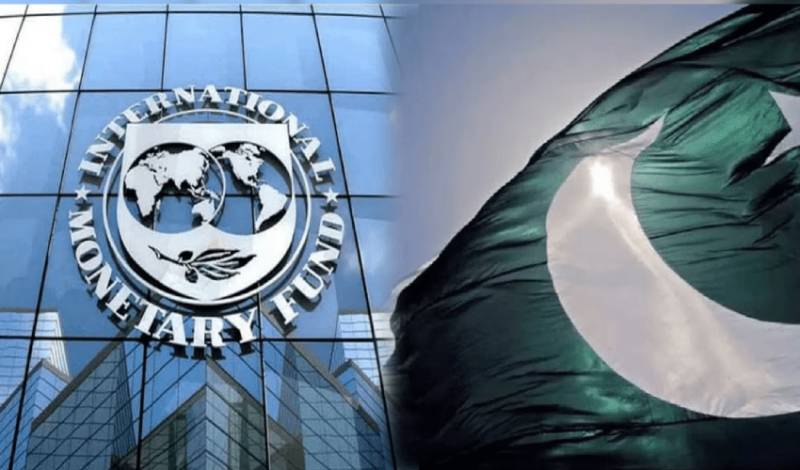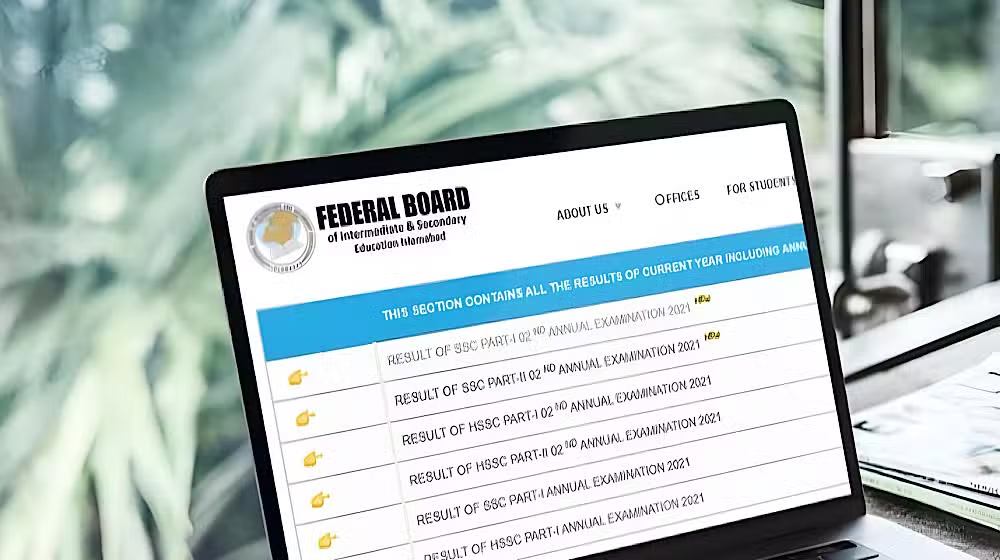Pakistan’s gross external financing needs for the fiscal year 2024-25 are projected by the International Monetary Fund (IMF) to be $18.813 billion, representing 4.7% of the GDP. In its report titled “2024 Article IV Consultation and request for an Extended Arrangement under The Extended Fund Facility,” the IMF projects the financing need will rise to $20.088 billion for the fiscal year 2025-26. Available financing for the 2024-25 period amounts to $18.175 billion.
The IMF states that the current program is fully financed, with firm commitments for the first 12 months and strong prospects for the subsequent period. The financing commitments for 2025 include $16.8 billion from rollovers of existing short-term financing and $2.5 billion in new commitments, primarily from China, Saudi Arabia, the Asian Development Bank (ADB), and the Islamic Development Bank (IsDB).
READ MORE: Government to Implement 7 New Taxes if FY25 Revenue Target Falls Short by 1%
Pakistan’s authorities have secured assurances from key bilateral partners to maintain their exposures through the program’s duration by rolling over existing liabilities. Loans from foreign commercial banks, totaling $6.6 billion, which were previously renewed during the 2019 Extended Fund Facility (EFF) and the 2023 Stand-By Arrangement (SBA), are also expected to continue being rolled over. These commitments, along with contributions from multilateral institutions, provide necessary financing assurances, though risks remain high, requiring continuous monitoring to ensure sufficient funding.
Multilateral disbursements are expected to total $14 billion from 2025 to 2028, with $7.1 billion from the World Bank and $5.6 billion from the ADB. Key bilateral creditors will maintain their financial support, while a gradual return to bond markets is projected by mid-2027 as policy credibility is restored.
Pakistan’s capacity to repay the IMF is highly dependent on policy implementation and timely external financing. The IMF’s exposure is expected to reach SDR 6,816 million (336% of quota) by September 2024, peaking at SDR 8,774 million (432% of quota) in September 2027, amounting to approximately 55% of projected gross reserves for fiscal year 2027. Risks, particularly from high public debt, low reserves, and sociopolitical challenges, remain significant and may jeopardize repayment capacity and debt sustainability.
The Pakistani authorities have assured that they have secured adequate financing from international partners to support economic reforms and strengthen external buffers. After accounting for pre-existing commitments, rollovers, and the IMF program, residual financing needs during the program are estimated at $5 billion. This gap will be covered through bilateral and multilateral support, including China, Saudi Arabia, ADB, and IsDB, with plans to lengthen the maturity of short-term liabilities to reduce future financing pressures.



